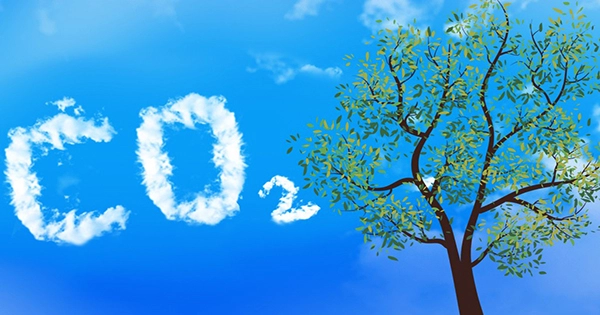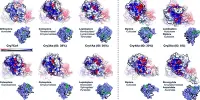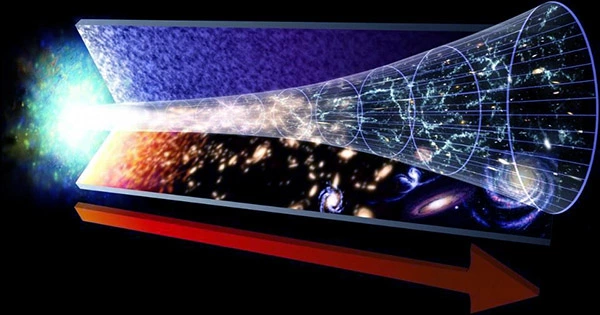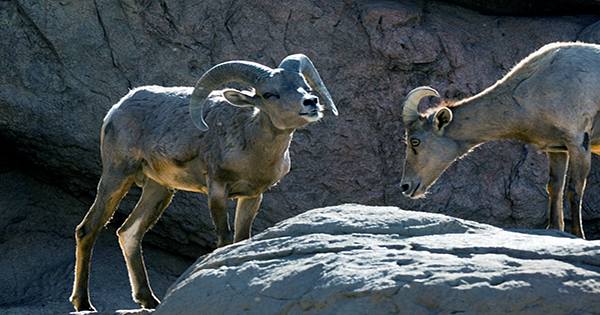One carbon atom is covalently doubly bound to two oxygen atoms in each of the molecules that make up carbon dioxide, which has the chemical formula CO2. At room temperature, it exists as a gas.
The gas carbon dioxide, or CO2, has no smell. Typically, it is referred to as an “odorless” gas. The atmosphere of the Earth is constantly filled with non-toxic carbon dioxide. It has one carbon atom and two oxygen atoms, giving it the chemical formula CO2, and its weight is roughly 27 percent carbon and roughly 73 percent oxygen.
In the atmosphere, carbon dioxide serves as a greenhouse gas because it absorbs infrared radiation despite being transparent to visible light. It has increased from pre-industrial levels of 280 ppm to be a trace gas in the Earth’s atmosphere at 417 ppm (or approximately 0.04%) by volume. The main contributor to these elevated CO2 concentrations, as well as to global warming and climate change, is the burning of fossil fuels. Groundwater, lakes, ice caps, and oceans all contain dissolved carbon dioxide. As atmospheric CO2 levels rise, carbon dioxide dissolves in water to generate carbonic acid (H2CO3), which contributes to the acidification of the oceans.
Numerous goods contain carbon dioxide. The carbon dioxide that has been frozen solidly is what makes up dry ice. When packaging frozen foods, this product is frequently utilized. When carbonating soft drinks, carbon dioxide is used in its gaseous form. Unprotected skin exposed to dry ice runs the risk of burning. Overexposure to carbon dioxide can impair breathing and result in asphyxia.
















